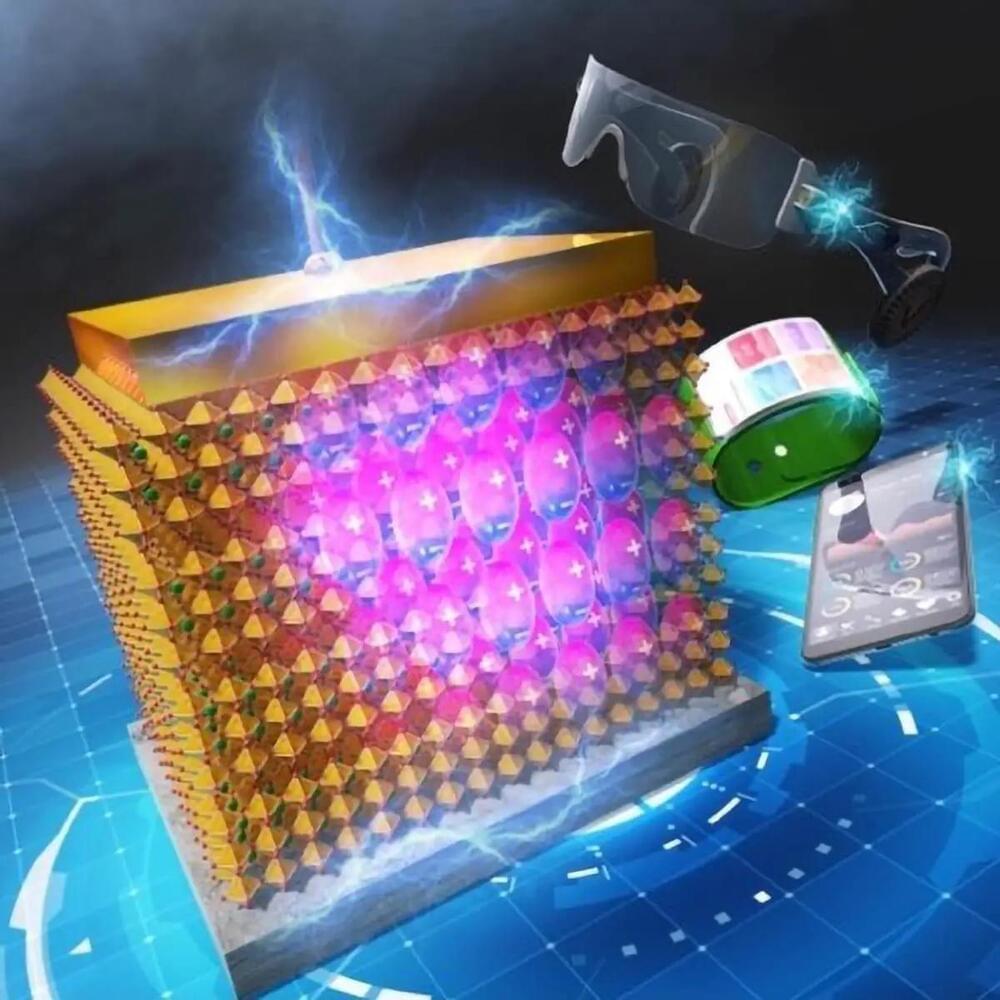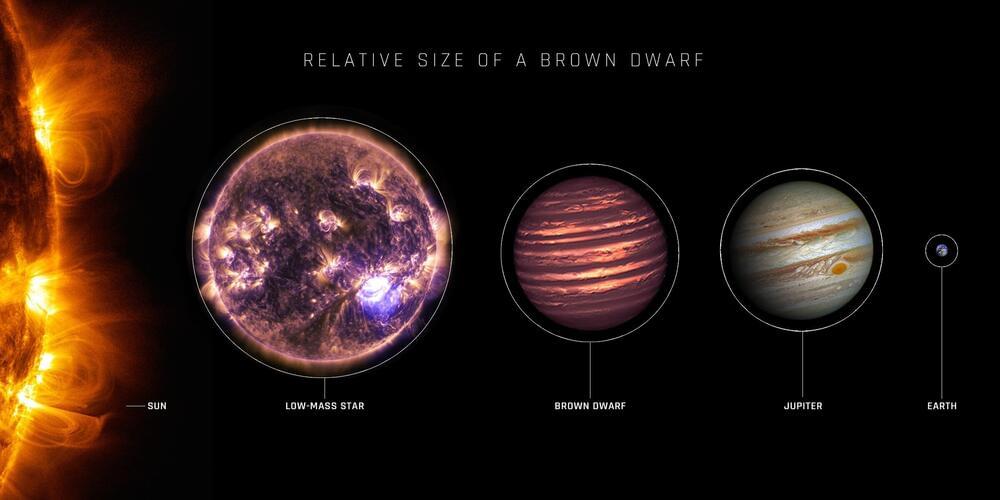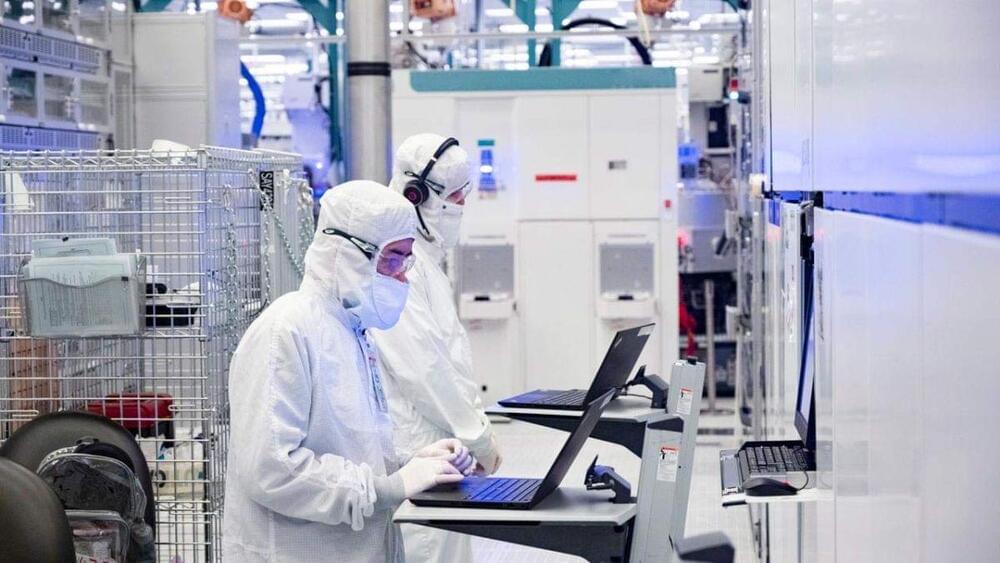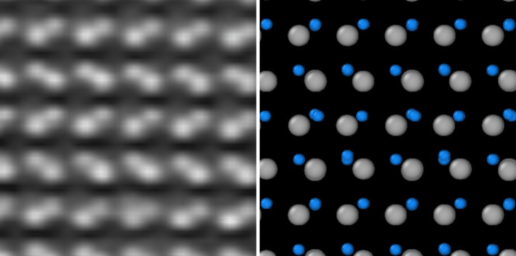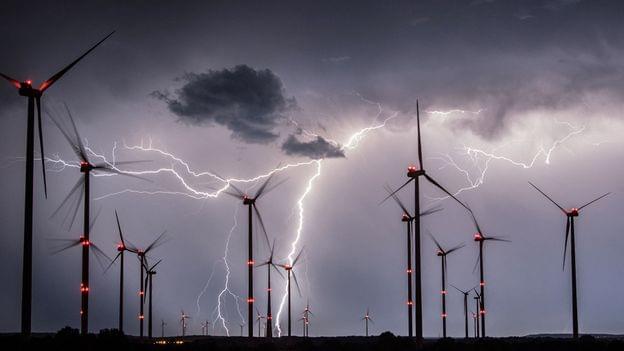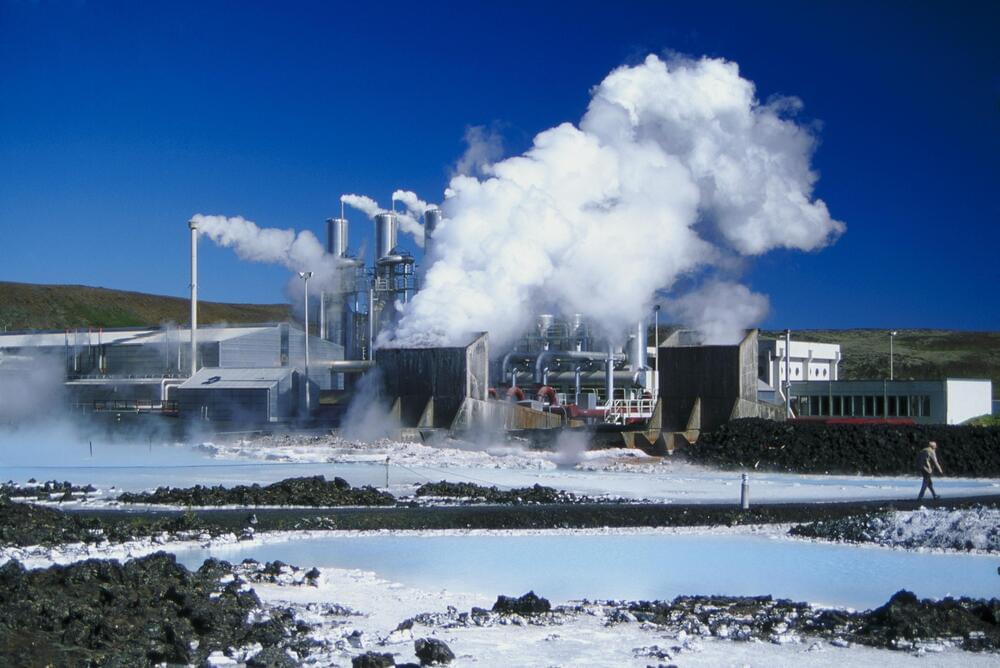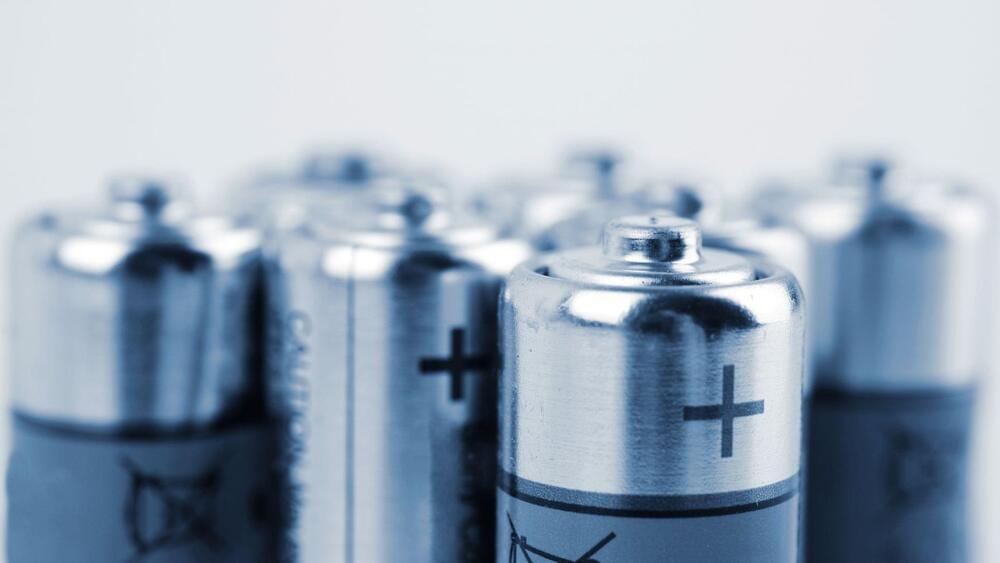Researchers have developed an advanced dielectric capacitor using nanosheet technology, providing unprecedented energy storage density and stability. This breakthrough could significantly enhance renewable energy usage and electric vehicle production.
A research group, led by Nagoya University.
Nagoya University, sometimes abbreviated as NU, is a Japanese national research university located in Chikusa-ku, Nagoya. It was the seventh Imperial University in Japan, one of the first five Designated National University and selected as a Top Type university of Top Global University Project by the Japanese government. It is one of the highest ranked higher education institutions in Japan.
